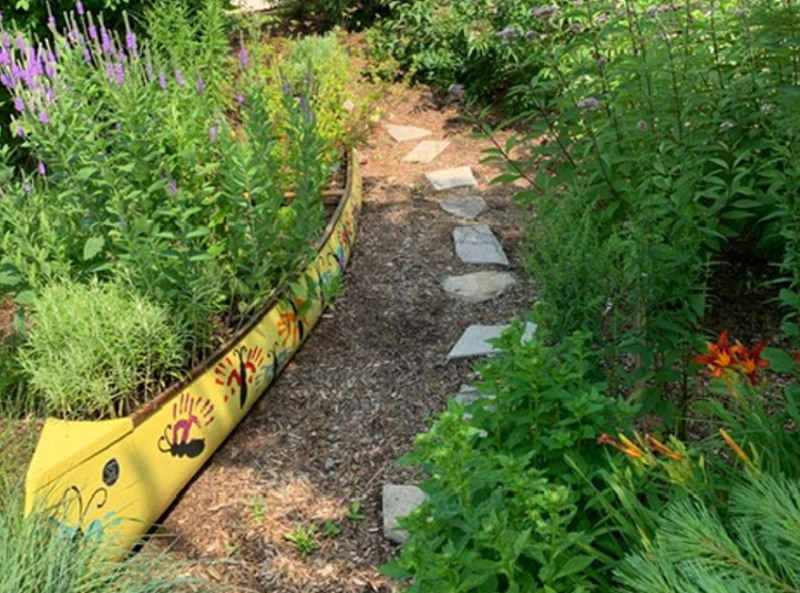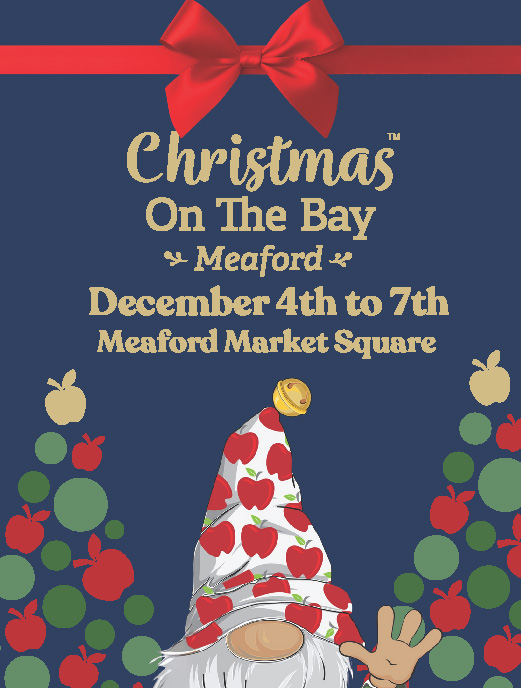Submitted by the Grey County Master Gardeners
You may be noticing pollinator gardens springing up in your neighbourhoods, public spaces, and recreation areas. The movement to add native plants to gardens is gaining momentum in Grey and Bruce counties.
Here are some of the most common questions people ask us about gardening with native plants:
Where can I get native plants, shrubs, trees, and grasses in our area?
Thankfully, there are numerous nurseries in Grey/Bruce that specialize in native plants including: Clearview Nursery (Stayner) for trees and shrubs; Earth Bound Gardens (Red Bay); Fiddlehead Nursery (Kimberley); Grange Hollow Gardens and Nursery (Chatsworth); Grey Heron Nursery (Meaford); Not So Hollow Farm (Creemore); Ontario Flora (Markdale); Rooted by the Bluffs (Wiarton); Willow Farm Grasses (Bognor).
What plants are best and how many should I plant?
The Pollinate the Blue Mountains website has lists of trusted native plants with lots of useful information about plant character and value to pollinators https://www.pollinatetbm.ca/native-plant-list
Things to consider when selecting plants are how the plant is suited to the conditions of your garden (soil, light, water) and your garden character (height, colour, bloom time, ease of care).
Specific plants adapt to support specific butterflies, moths, and bees (and birds) – it’s fun to explore what your plant is adding to the ecosystem. Don’t forget to consider shrubs and trees that are pollinator superpowers since they have so many flowers. Native grasses provide essential food, shelter, and nesting sites to support pollinators.
Adding even one native plant species to your garden is a good start. To ensure cross-pollination among native plants, focus on planting multiple individuals of the same species that flower at the same time. A variety of flower shapes and colours as well as a mix of plants that bloom throughout the season will support a wider range of pollinators.
Will they be beautiful?
Yes! The beauty of your garden depends on how you plant and care for them. Of course, beauty is in the eye of the beholder and some people like a curated garden and others like a naturalized space. Unlike many imported plants and hybrids, many natives bloom for a few weeks, so select plants with different flowering times and appreciate the flower show when it happens.
Won’t they spread and be ‘weedy’?
If you want plants that are easy to care for and stay in place, choose native plants that don’t spread quickly by roots and rhizomes (for example, be aware that Canada Anemone, Sweet Grass, and Bush Honeysuckle will spread). For plants with lots of seeds, cut off the seed heads before they mature and place them where you want them next year or save some and stratify to share.
I have a small space so what are my options?
Most native plants grow well in containers. Plant a seasonal succession of blooms, e.g. Barren Strawberry, Great Blue Lobelia, Foxglove Beardtongue, Smooth Aster, and a native grass like Little Blue Stem. There are lots of beautiful, clumping native grasses that grow well in containers, and ornamental shrubs like Bayberry and Spicebush can be maintained in a compact form.
Will I attract bees that sting me?
While some pollinator insects like bees, wasps, and hornets can sting, most are beneficial and harmless including the over 400 native bees in Ontario. Typically, they fly quickly from flower to flower and only sting when threatened. Non-native plants attract these insects too.
Where can I purchase native plants that grow in my region?
Each year Grey County Master Gardeners hold a plant sale at Meaford Harbour Pavilion. This year on Saturday, September 13, 9 a.m. – noon, we will once again be open for business. Our plant selection comprises many beautiful native plants that thrive and provide beautiful colour, texture, and of course, pollen and nectar for our pollinators.













